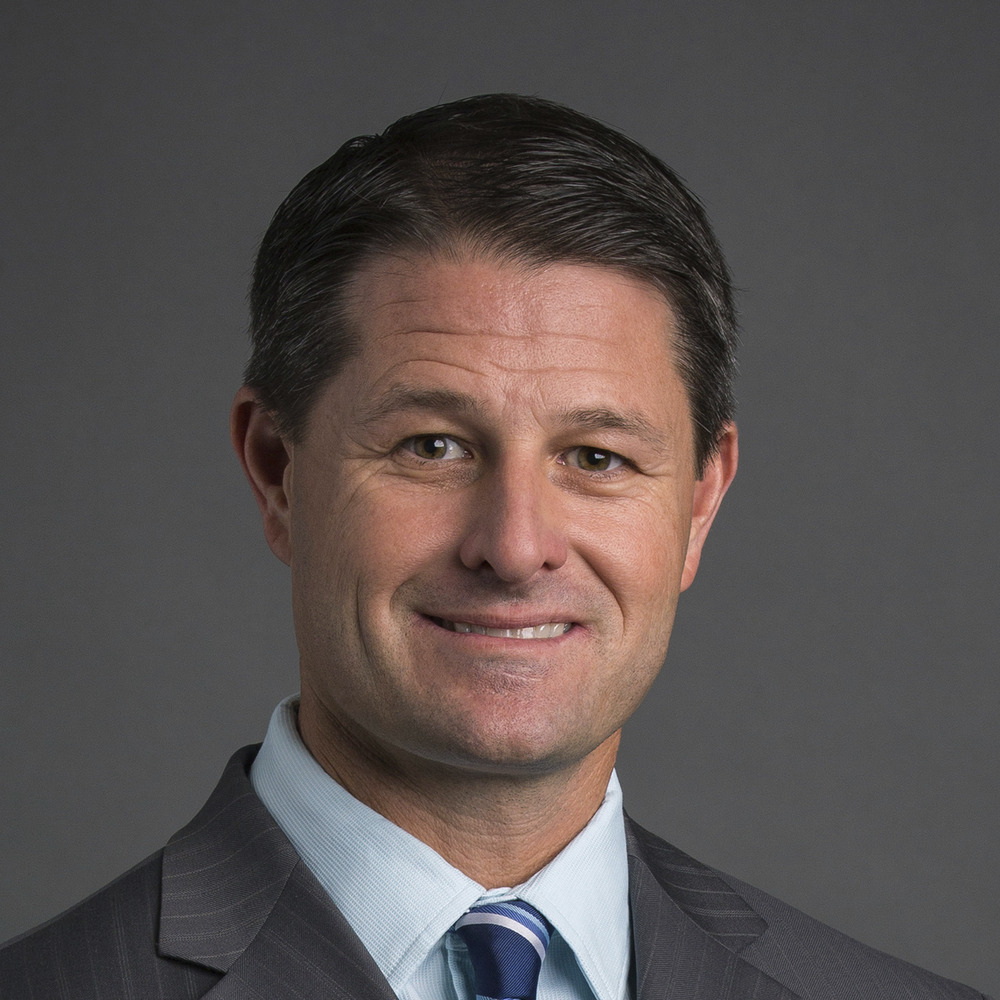Ports & Maritime
- Home
- Services
- Transportation
- Ports & Maritime
- Mining Infrastructure
- Water
- Design-Build for Water & Wastewater Infrastructure
- Green Infrastructure
- Industrial Water & Wastewater
- Master Planning for Water & Wastewater Utilities
- Municipal Water & Wastewater
- Smart Infrastructure
- Wastewater & Stormwater Collection
- Water & Wastewater Program Management
- Water Supply & Distribution
- Transportation
- Telecommunications
- Industrial, Manufacturing & Optimization
- Federal & Military
- Environmental
- Electric Power Generation
- Electrical Transmission & Distribution
- Aviation
- Architecture
- Commissioning
- Construction
- Buildings
- Oil, Gas & Chemicals
- Program Management
- Mining Infrastructure
- Water
- Design-Build for Water & Wastewater Infrastructure
- Green Infrastructure
- Industrial Water & Wastewater
- Master Planning for Water & Wastewater Utilities
- Municipal Water & Wastewater
- Smart Infrastructure
- Wastewater & Stormwater Collection
- Water & Wastewater Program Management
- Water Supply & Distribution
- Transportation
- Telecommunications
- Industrial, Manufacturing & Optimization
- Federal & Military
- Environmental
- Electric Power Generation
- Electrical Transmission & Distribution
- Aviation
- Architecture
- Commissioning
- Construction
- Buildings
- Oil, Gas & Chemicals
- Program Management
Whether you are in need of a new facility or changes to an existing operation, we will develop your port or maritime terminal project from financing, siting and permitting to turnkey construction and startup. With a full breadth of services, our teams provide stability, value and technological experience in new design.
Port operators face intense challenges to engineer resiliency and stability into every project, addressing the challenges of storm surges, sea level rise and more frequent and more intense storms. To address long-term port success and financial security when funding is tight requires a deep understanding of life cycle costs, replacement costs and lost revenue from inoperable periods. Our team has experience studying infrastructure resiliency and incorporating it into design and construction of port and maritime facilities.
Regulatory compliance and public perception are things you needn't worry about when you partner with us. Our multidisciplined professionals work to build, maintain and manage public and stakeholder relationships, as well as communicate with environmental regulators.
Port Services Coast to Coast
Traditional ways of doing business in ports and maritime terminals are being challenged worldwide by demands for increased efficiency, accelerated customer responsiveness and lower costs to move cargo. Port operators turn to us as a trusted partner to help them address rapid growth, strains on transportation infrastructure and the complex challenges of environmental regulations and maritime security.
Our team designs and constructs distribution warehouses and cold storage facilities that are essential to a functioning supply chain, helping to move goods safely and efficiently from coastal ports into distribution channels. We also address these facility and distribution needs at inland port facilities.
When the fueling facilities at Naval Base Point Loma in San Diego needed a major recapitalization and environmental cleanup, our teams inspected and demolished 54 aboveground tanks, and designed and constructed eight new 125,000-barrel tanks to maintain 1 million-barrel capacity, new pumps and pumphouse, new support facilities, and new power distribution and relocation of existing site utilities. The depot was kept in full operation during the project — the largest construction effort ever undertaken within the Defense Logistics Agency.
Inland Port Services
As freight moves through intermodal centers and industrial logistics facilities across North America, infrastructure upgrades are often necessary to accommodate increased traffic and changes in land use. As a full-service engineering and construction firm with deep experience in critical infrastructure — power supplies, roads, bridges, highways, water treatment, stormwater management, environmental remediation and more — our team can help you plan, design, build and commission the facilities you need.
Our inland port experience includes a new long-span bridge and approach roadways for improved interstate access at the CenterPoint Intermodal Center in Illinois, the largest inland port in North America. We also have completed inland port wastewater infrastructure studies and design, roadway pavement reconstruction, storm sewer pipe installation, and traffic management projects.
Port Energy Strategies
Protecting your port from disruption is intrinsic to the safety of your operation. We are well-versed in the complex and growing challenges of maritime security and bring demonstrated success in the Smart Power Infrastructure Demonstration for Energy Reliability and Security (SPIDERS) program.
The program is creating a resilient, more reliable microgrid designed to protect against extended power outages and, ultimately, enhance electric power surety for national security at ports and beyond. In addition to energy supply and security, our experience includes helping ports identify and implement decarbonization strategies that look to the future of port operations.
We were the design-build integrator for the SPIDERS project at Joint Base Pearl Harbor-Hickam, in Hawaii. The project provides an energy surety microgrid that incorporates new and existing diesel generators with renewable energy sources (solar PV and wind) and a battery storage system to improve reliability of mission-critical facilities.
Port Safety & Security
Leveraging our experience with developing energy management plans at hundreds of military, university, industrial, airport and seaport facilities, our teams will provide a high-level review of your operation’s demand and use, current issues, growth, and opportunities to serve as a basis for future energy strategies at your port.
We are developing an Energy Management Action Plan (EMAP) for the Port of Los Angeles, which will serve as a guide for future energy improvement and usage options. The EMAP focuses on resiliency, availability, quality, efficiency and sustainability and provides the basis for a port policy on energy management. It also establishes an energy road map, inclusive of the goals and metrics to enhance progress and accountability.
Insights & News
Case Study
Millions in Cost Savings Delivered for North America’s Largest Intermodal Logistics Center
News
Kevin Sepulveda Named Burns & McDonnell Construction Director for Commercial Projects in C…
News
Burns & McDonnell Promotes Pablo Lorenzo to Lead Aviation & Federal Group in California
